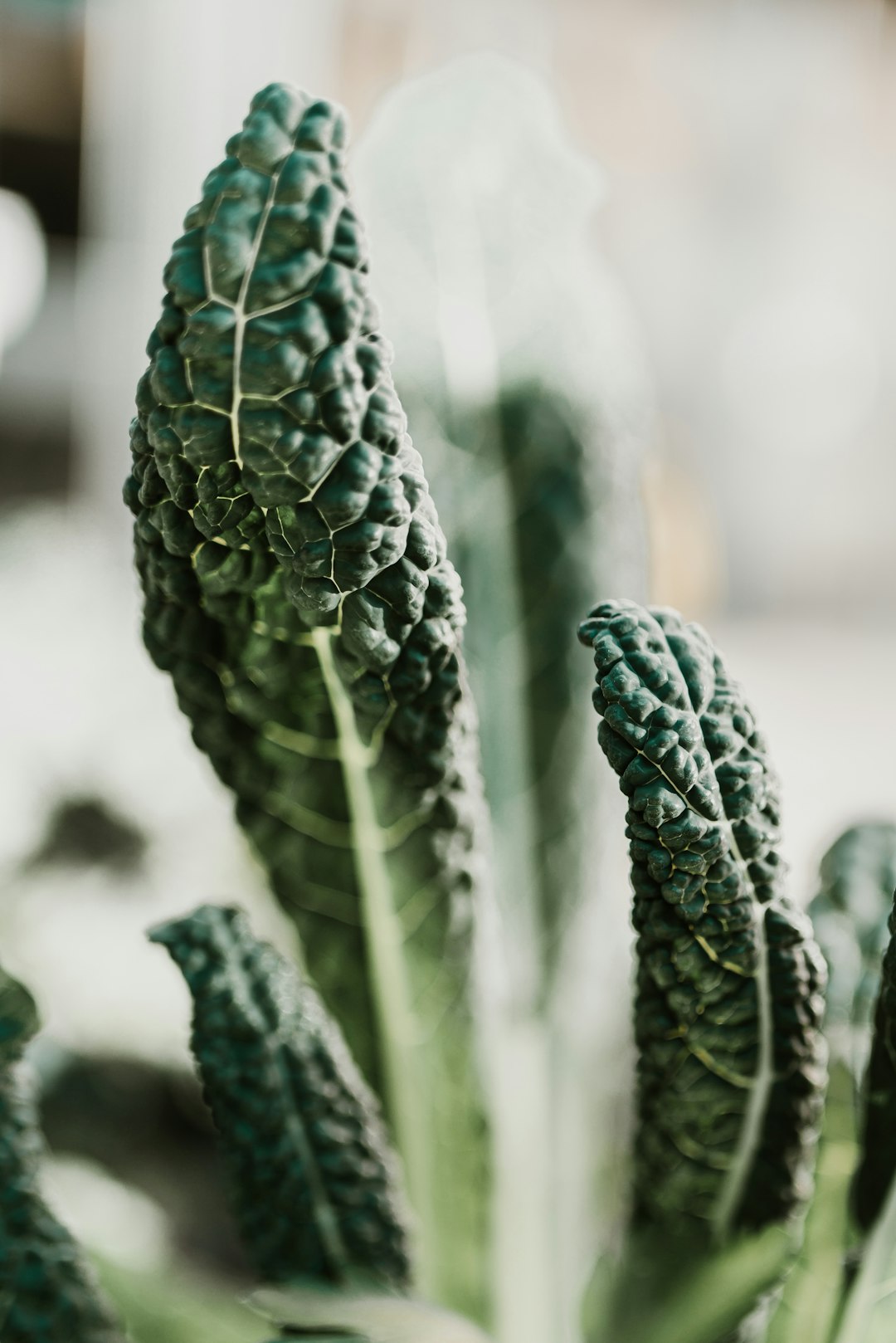Moderate carb (30%) diet plan ~ 1400-1500 calories, Detox & mitochondrial support goals.
Food group selections geared towards more beans, nuts and seeds and limited grains, fruit, and starchy vegetables.
I have found that a 30% of total calories from carbohydrate with the extra calories from fats to be healthy for me. This post is also available as a document, pdf in my Dropbox.
For 1400-1500 calories (Kcal) per day:
30% of calories from carbohydrates ~ 105 grams, 420 Kcal, (4 calories per gram)
20-25% of calories from protein ~ 70-88 grams, 280-350 Kcal, (4 Kcal/gr)
45-50% of calories from fat ~ 70-78 grams, 630-700 Kcal, (9 Kcal/gr)
~ 1330-1470 Kcal total calories, 28.6-31.6 % carb, 21-24% protein, 47% fat.
Example food plan:
*Diabetic style food exchanges are used by dietitians for ease of menu planning for varied needs.
5-6 one ounce equivalent Protein exchanges
0-2 eight ounce Dairy equivalent (yogurt is 6 ounces)
1-3 1/2 cup Legume/Peas equivalent
4-5 one Tablespoon equivalent Nuts/Seeds
3 one teaspoon equivalent Fat and Oils
0-1 1/2 cup starchy vegetable equivalent
1-2 15 grams Grains equivalent (one slice, ~ 1/2 cup)
1 1/2 cup fruit equivalent
LOTS ~ 6 1/2 cup-1 cup low carbohydrate Vegetable equivalents
~ 8 cups Non-diuretic calorie-free beverages - avoid artificial sweeteners as it can stimulate the appetite for unnecessary snacking. Reducing sweeteners can help the tongue to adjust to sensing the natural sweetness in foods.
Have your coffee or black/green tea too, just it doesn’t count as extra fluid as it causes more urinary fluid loss then it provides. Drink plenty of water also, to promote detoxification - wash the toxins out.
See this Detox Food Plan for examples of the Food Equivalents and foods that may be helpful for Detox. Source InnoVate Wellness. (pdf in my Dropbox)
Diabetic food exchanges are explained and listed on (VeryWellHealth.com).
*Addition - the food exchange system, once common portions are learned along with the food types, is easy to use to swap food group servings to balance a day’s intake.
If the serving distribution for carbohydrates wasn’t preferred by a client, then I would rework the balance with them for other patterns. For a moderate carbohydrate switch from standard there is a significant drop in bread group servings/carb servings. The Grains, Dairy, Legumes/Peas, Starchy Vegetables, and Fruit groups all contain carbohydrates so there is a tradeoff - more bean servings for the Karen Hurd Bean protocol means fewer carb grams for Grains, Dairy, Fruit, or Starchy Veg. Some grains are helpful, so going without can feel unbalanced (on a vegan diet at least).
Fructose is only used by the liver so too many fruit servings is using carb grams without providing as much of the glucose type of sugar and starches - that our brain uses for energy.
The Detox Food Plan includes tofu/soy in the “Meat/Protein” group and that throws off the carb counting - I as a dietitian would have to ask a client if they use tofu and soy a lot as it is adding carbohydrate grams and should be counted then, not just protein and fat like animal meats and fish. I would put tofu/tempeh in the “Dairy” group as it is providing a more concentrated amount of digestible protein than a cup of peas or soy nuts would provide. Tofu and tempeh are like the yogurt or cheese product of the bean world. The fermentation makes the soy nutrients more digestible and less anti-nutrient like - binding with other nutrients and reducing their bioavailability. I do not recommend non-traditionally-fermented soy products, or GMO soy.
~~
When switching to a more vegetable and nut and bean-oriented diet the oxalate load may be an irritant. The skins on almonds, hazelnuts, and walnuts are oxalate sources. Walnuts are also a histamine promoting food potentially. Blanching almonds removes the oxalate issue. Pecans and pistachios do too but seem less so.
Beans are also a source and soaking and tossing out the soak water removes some, boiling more vigorously for about ten minutes of the cook time also helps break down the oxalate problems.
Some types of beans may be more of a lectin problem for digestion. Kidney beans and brown lentils can be more of a problem than other types. Bean lectin helps with liver detox though, so try to find some types that digest well for you and try to include some with all three meals more often, working up to daily if possible. Tofu scrambles or leftover green pea and lentil pasta salad or bean soup works at any meal when hungry. Starting with small servings and gradually increasing can help reduce gassy microbiome over-growth effects. See: What is the Karen Hurd Bean Diet? (for liver detox). simplegoldlife.com, Eat soup beans or lentils 3 times a day, maybe tofu is lower in fiber. Many courses are available for purchase on Karen Hurd’s website: (karenhurd.com).
Green leafy vegetables like curly kale, spinach and Swiss chard are richer in oxalates than Lacinato kale and other types of greens. Rhubarb, rice bran, buckwheat are also high oxalate foods and miso. Eating plenty of calcium helps.
Are High Oxalate Foods Harmful?, by Joanna Jan, MD | Reviewed by Katie E. Golden, MD, May 4, 2022 (goodrx.com)

Disclaimer: This information is being provided for educational purposes within the guidelines of Fair Use and is not intended to provide individual health care guidance.



